<< Previous | Displaying results 221-230 of 307 for "case" | Next >>
In 1945, the power and influence of the SS in Nazi Germany started to decline. Learn more about the subsequent disintegration and postwar trials.
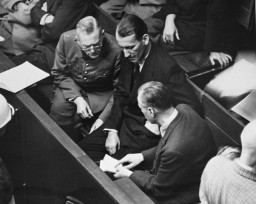
From 1940 to 1944, Le Chambon-sur-Lignon and neighboring villages provided shelter to some 5,000 people, among them Jews fleeing persecution.
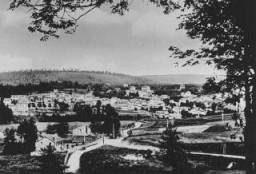
Nazi ideology aimed to promote the myth of an ideal national community and label those who were to be excluded from it as enemies. Propaganda was essential in promoting such myths.
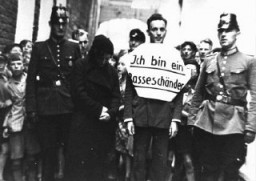
Children were especially vulnerable to Nazi persecution. Learn more about the fates of Jewish and non-Jewish children.
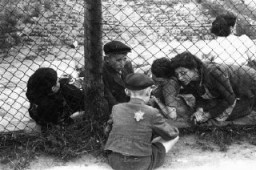
Thousands of Nazi criminals were never arrested. Learn more about the postwar efforts to bring Nazi perpetrators to justice.

Under the Nazis, Jewish and other “non-Aryan” women were often subjected to brutal persecution. Learn more about the plight of women during the Holocaust.
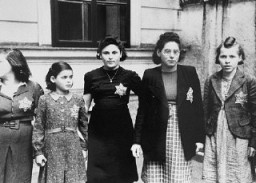
Between 1933-1945, Latin American governments officially permitted approx. 84,000 Jewish refugees. Learn more about Latin America refugee policy.

Now a national memorial site, the Ardeatine Caves outside Rome were the site of a German reprisal for a bombing by Italian resistance operatives in March 1944.
To perpetrate the Holocaust, Nazi Germany relied on the help of allies and collaborators from across Europe, including governments, institutions, and individuals.
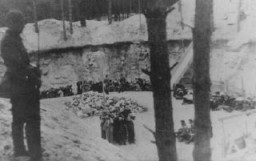
Throughout history Jews have faced prejudice and discrimination, known as antisemitism. Learn more about the long history of antisemitism.
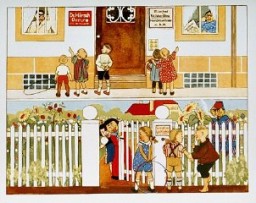
We would like to thank Crown Family Philanthropies, Abe and Ida Cooper Foundation, the Claims Conference, EVZ, and BMF for supporting the ongoing work to create content and resources for the Holocaust Encyclopedia. View the list of donor acknowledgement.